I have been trying to figure out for quite a while now about how to add a gradient layer to the tableView, and have tried many different things, but I can never get the table view cells to show, no matter how many bringSubviews or sendSubviews I do.
let gradientLayer = CAGradientLayer()
gradientLayer.frame = view.bounds
gradientLayer.colors = [UIColor(red: 125/255.0, green: 125/255.0, blue: 125/255.0, alpha: 1.0).cgColor, UIColor(red: 125/255.0, green: 125/255.0, blue: 255/255.0, alpha: 1.0).cgColor]
gradientLayer.startPoint = CGPoint(x: 0.0, y: 0.0)
gradientLayer.endPoint = CGPoint(x: 0.0, y: 1.0)
tableView.layer.addSublayer(gradientLayer)
No matter how many combinations of bring subviews and send subviews are done, I always seem to get this and the cells won't come to the front:
Does anyone know how to fix this, or how to do what I want to do another way to make it work?
Any help is much appreciated, thanks.
